Various movements showcased in response to health emergency
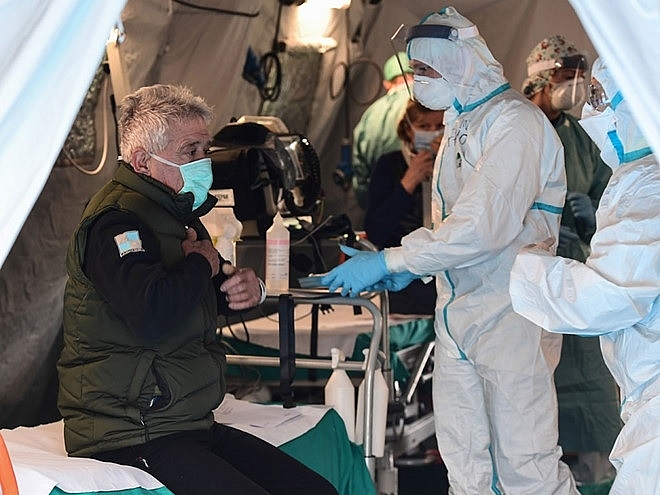 |
| Various movements showcased in response to health emergency. Photo AFP |
With the world waiting, US President Donald Trump last Wednesday unveiled the nation’s plans to curb the spread of COVID-19. Laying the blame of the outbreak in the United States squarely at the feet of Europe, Trump suspended travel for foreign nationals from the European Union to the US for 30 days starting last Friday, with limited exceptions for American citizens. Trump’s accusations at the Europeans of failing to act is in part, according to some political onlookers, a scheme to help shift attention from the administration’s own actions on coronavirus testing, with the American’s famously complex and expensive healthcare system receiving added focus over the last few weeks. While the president reaffirmed that the COVID-19 outbreak was “not a financial crisis,” he announced federal financial relief for sick employees, care staff, and people who may be under quarantine, as well as payroll tax relief.
The tough restrictions placed by the US on an entire continent put into focus the threat of the coronavirus outbreak, and also added another layer to the differing global response from governments worldwide.
Initially, extreme lockdowns on movement of people in China and more recently Italy came after leaders moved too slowly to stem the spread. Others, such as Vietnam, have been praised for taking brisk steps to close areas such as schools and tourist areas despite the significant economic costs such moves bring.
However, some are finding the developments a struggle to deal with. The first high-profile complexity during the outbreak involved people stuck on the Diamond Princess cruise ship off Japan, in which nearly 700 of the 3,700 passengers on board contracted COVID-19 and seven people died. Other similar vessels were refused entry into several countries, illustrating the regulatory black hole that is being based in international waters during a global crisis.
And nations such as India have been more prone to disinformation being spread by trusted sources, as seen with some elected politicians pushing pseudoscientific medicines to combat the disease. Other governments of countries and territories, on the other hand, are seemingly getting it right.
South Korea
The virus is somewhat under control in the hotspot of South Korea thanks to a testing blitz. Impressive numbers last week showed that South Koreans were over 700 times more likely to have taken a test than someone in the US.
The government decided against smaller lockdowns, instead focusing on testing large numbers of people to try and uncover infection hotspots, along with encouraging social distancing. As of last week South Korea was conducting about 15,000 tests a day free of charge, and has carried out around 200,000 screenings so far. It also created 50 drive-through testing centres and posted smartphone alerts detailing information about movements of those who had tested positive.
Singapore
The city-state of Singapore has strictly enforced a home quarantine system and far-reaching contact-tracing programme. Since the start of the outbreak thousands of people on the island have isolated themselves, and leaders have also made aware the harsh penalties for anyone who breaks related guidelines.
Officials carry out spot checks in person to ensure compliance, while those who do not stay home could suffer a fine of up to $10,000 or six months in jail.
Self-employed workers who have self-isolated themselves have been offered $100 per day, and people who are not able to remain at home can stay in a government facility.
Taiwan
The territory used lessons it learned during the 2003 SARS outbreak to good use, with its government and people highly prepared.
Taiwan banned arrivals from Wuhan from January 26, far earlier than any other location. After securing its borders, Taiwan continued to utilise temperature monitors that were already set up at airports in 2003 to detect anyone with a fever. Passengers can also scan a QR code and report their travel history and health symptoms online.
Those coming from affected areas are put under mandatory 14-day home quarantine, even if they are not sick, and are tracked using location sharing on their mobile phone. Refusing to disclose symptoms can lead to heavy fines of up to $10,000.
United Kingdom
The UK on Wednesday held its annual budget statement, and surprised insiders with a spending spree of £30 billion ($37.76 billion), nearly half of which is being set aside to battle coronavirus.
Chancellor Rishi Sunak announced the extra public spending support for households and businesses was “temporary, timely, and targeted”, while also insisting that the National Health Service would get “whatever it needs” to see the economy though its most testing period since the 2008-09 financial crisis.
Denmark
The Scandinavian nation last week ordered the closure of all schools and universities and sent home employees in the public sector with non-critical jobs to curb the outbreak.
Prime Minister Mette Frederiksen also urged all events with more than 100 people to end, tightening the previous limit of 1,000.
“We need to limit activity in society as much as possible, without letting our society grind to a halt,” Frederikson said. “This will have huge consequences but the alternative would be far worse.”
Australia
Australia on Thursday unveiled a massive A$18 billion ($11 billion) spending plan designed to curb the economic impact of the pandemic and avert the country’s first recession in nearly three decades.
Prime Minister Scott Morrison announced the package, equivalent to around 1 per cent of GDP, which will primarily be targeted at businesses.
“This plan is about keeping Australians in jobs. This plan is about keeping a business in business,” said Morrison. “This plan is about ensuring the Australian economy bounces back stronger on the other side of this.”
What the stars mean:
★ Poor ★ ★ Promising ★★★ Good ★★★★ Very good ★★★★★ Exceptional
Themes: COVID-19
- 67 million children missed out on vaccines because of Covid: UNICEF
- Vietnam records 305 COVID-19 cases on October 30
- 671 new COVID-19 cases recorded on October 1
- Vietnam logs additional 2,287 COVID-19 cases on Sept. 21
- People’s support decisive to vaccination coverage expansion: official
Related Contents
Latest News
More News
- European business confidence at highest since 2022 (April 08, 2024 | 09:55)
- Where is environmental governance in FDI attraction? (April 08, 2024 | 09:45)
- 2024 is expected to see fiercer competition in FMCG (April 04, 2024 | 16:53)
- Vietnamese startups bag $35.7 million in first quarter of 2024 (April 02, 2024 | 16:40)
- Investors increasingly optimistic about manufacturing sector (April 01, 2024 | 14:51)
- Soaring German investments are testament to trust in Vietnam (April 01, 2024 | 09:52)
- Prime Minister works with Japan Business Federation (March 29, 2024 | 08:00)
- Game-changing ESG initiatives expected (March 26, 2024 | 09:09)
- FDI flows in Vietnam forecast to boom this year (March 22, 2024 | 11:56)
- Businesses face mounting hardships amid rate hike (March 20, 2024 | 16:33)



 Tag:
Tag: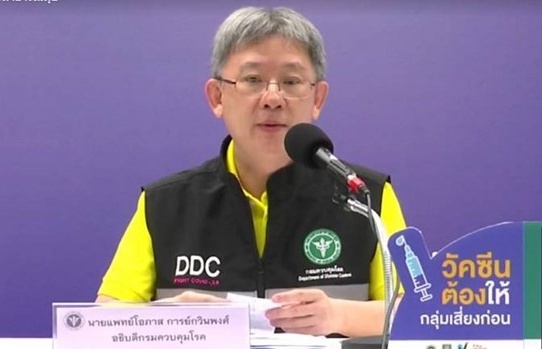
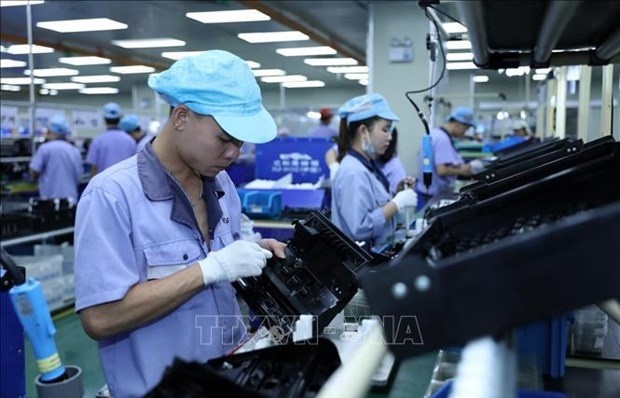

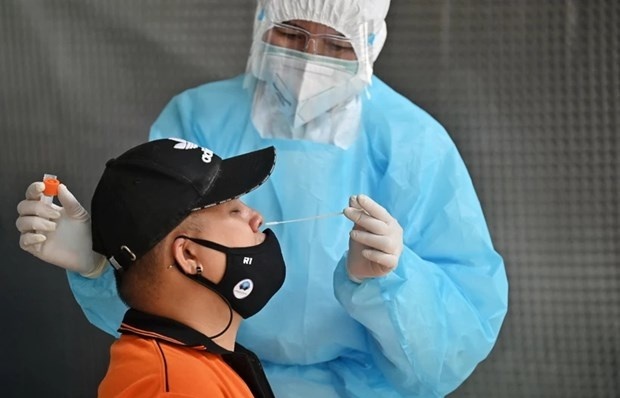
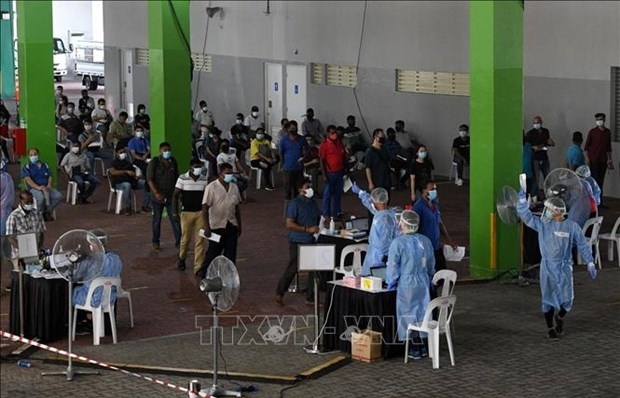
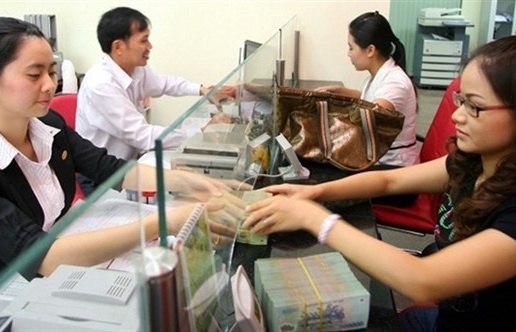
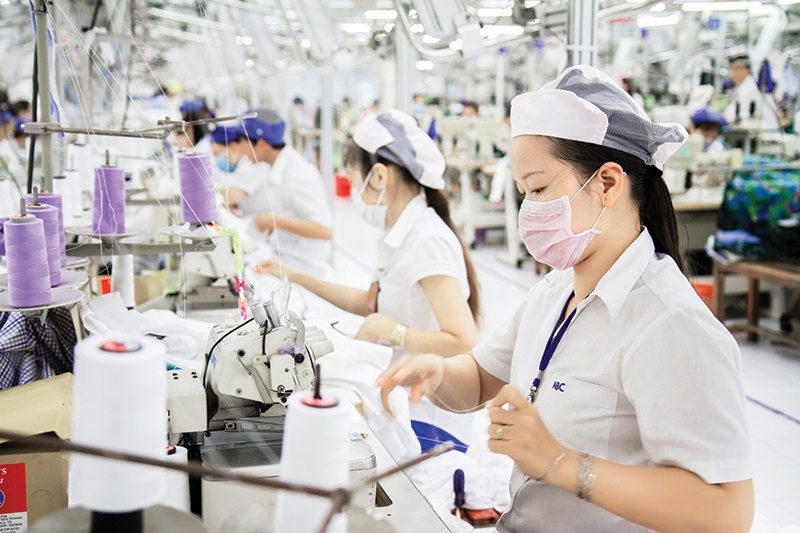
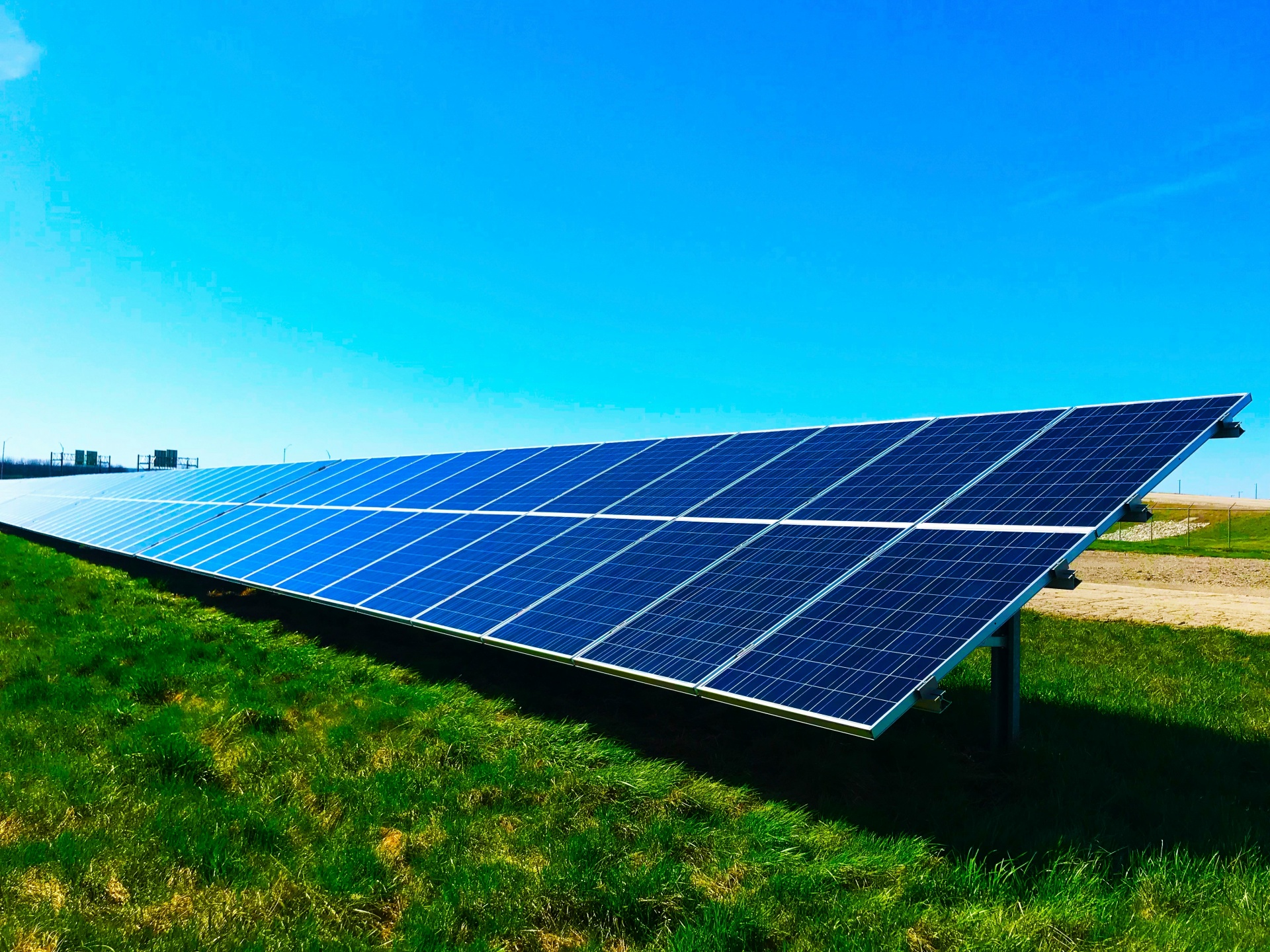
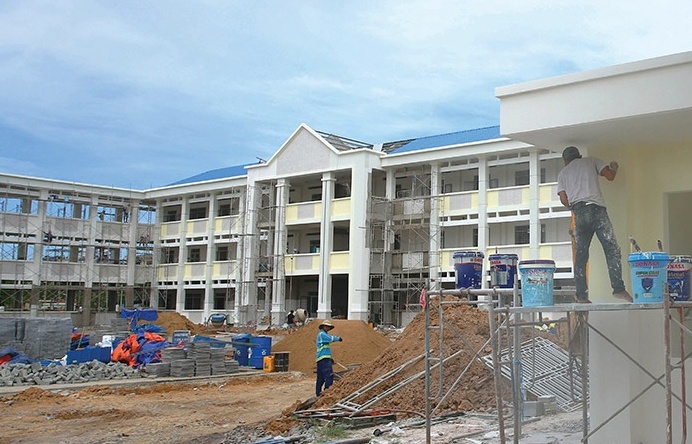
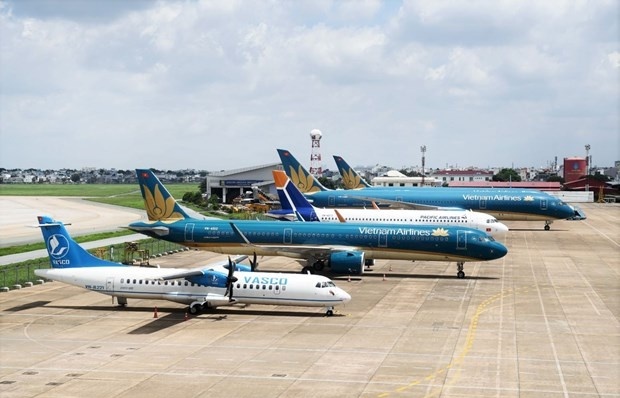
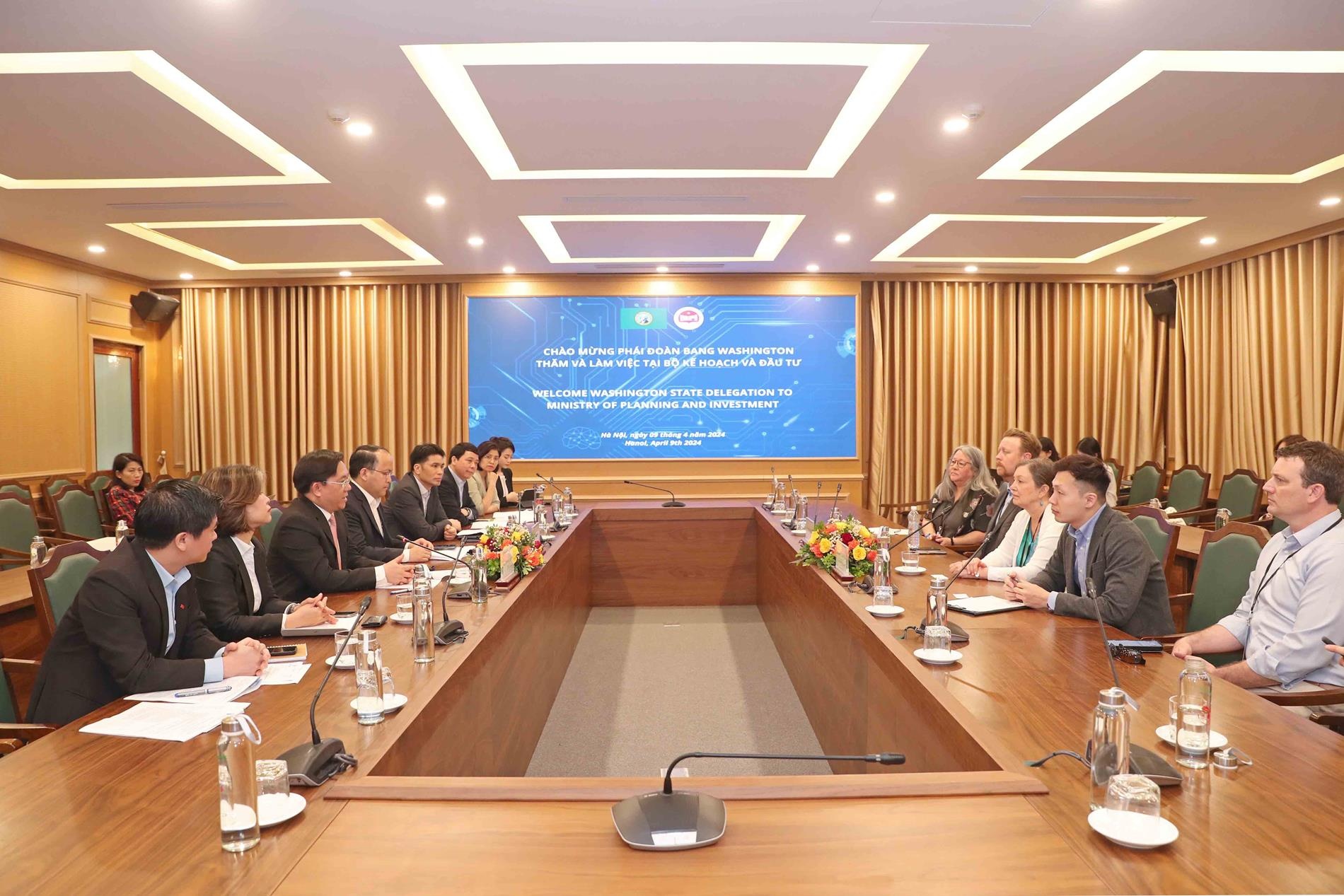










 Mobile Version
Mobile Version